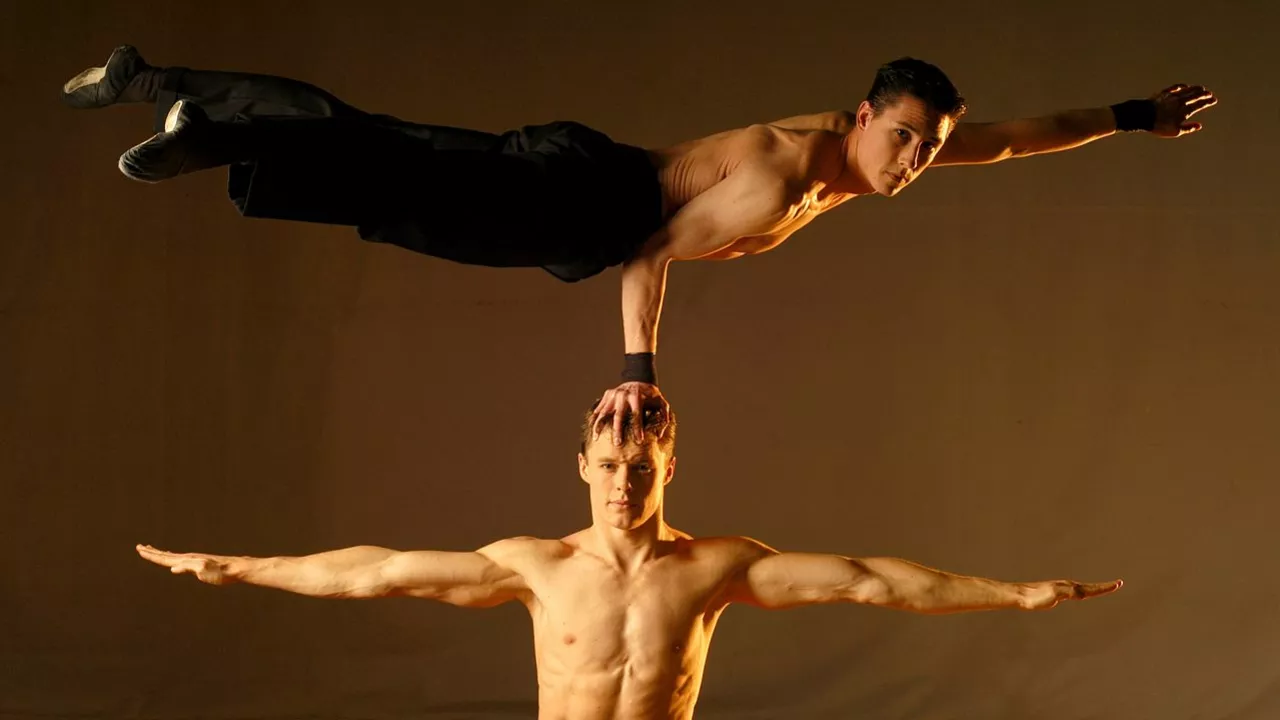Acrobat Profession: How to Turn Your Passion into a Career
If you love flipping, swinging, and making audiences gasp, a career as an acrobat might be the next step. It’s not just about talent – you need the right training, the right mindset, and a plan for finding work. Below you’ll find practical advice that works for anyone starting out or looking to level up.
Training and Skills Needed
The first thing most pros do is sign up for a solid foundation class. Look for a gym that teaches basic tumbling, flexibility, and strength. You don’t have to be a prodigy; consistent practice is what builds muscle memory. Spend at least three days a week on core work, because a strong core keeps you steady on the trapeze, the rope, or the floor.
Next, add specialty skills. If you’re eyeing a circus job, learn aerial silks, trapeze, or contortion. If you dream of joining a show like Cirque du Soleil, dance and acting basics are a plus. Combine these with regular conditioning to avoid injuries – a quick five‑minute warm‑up before each session can save months of rehab.
Finding Work and Building a Reputation
Landing a gig starts with a good portfolio. Record short videos of your best moves and upload them to a simple site or a video platform. Keep the clips under two minutes – recruiters scroll fast and want to see variety quickly. Include a brief intro that tells who you are and what you can do.
Network is huge in the acrobat world. Attend local circus festivals, workshops, and open‑air shows. Talk to the performers, ask about auditions, and hand out a business card with your video link. Many jobs are filled through word‑of‑mouth, so a friendly attitude can open doors.
When you get a trial or a short contract, show up early, be professional, and ask for feedback. Even if the role isn’t perfect, the experience adds to your résumé and shows future employers you can handle a real production environment.
Don’t forget safety. Always double‑check equipment, wear proper shoes, and respect your body’s limits. A safe performer is a reliable performer, and that reputation travels fast in the circus community.
Finally, keep learning. New acts pop up every season – think about mastering a unique skill like pole dancing or a modern aerial hoop. The more versatile you are, the better your chances of staying hired year after year.
In short, turning the acrobat profession into a steady career is about disciplined training, smart self‑promotion, and building genuine connections. Follow these steps, stay patient, and you’ll find yourself on stage doing what you love while earning a living.

Are acrobats tall?
In exploring the topic of acrobat heights, I've found that there's no one-size-fits-all answer. Acrobats come in all shapes and sizes, and their height doesn't necessarily determine their abilities. Many successful acrobats are not particularly tall, as agility, strength, and balance often hold more importance in their craft. However, being tall can be advantageous in certain acrobatic disciplines. So, while height might be a factor, it's certainly not a prerequisite in the world of acrobatics.
Read More